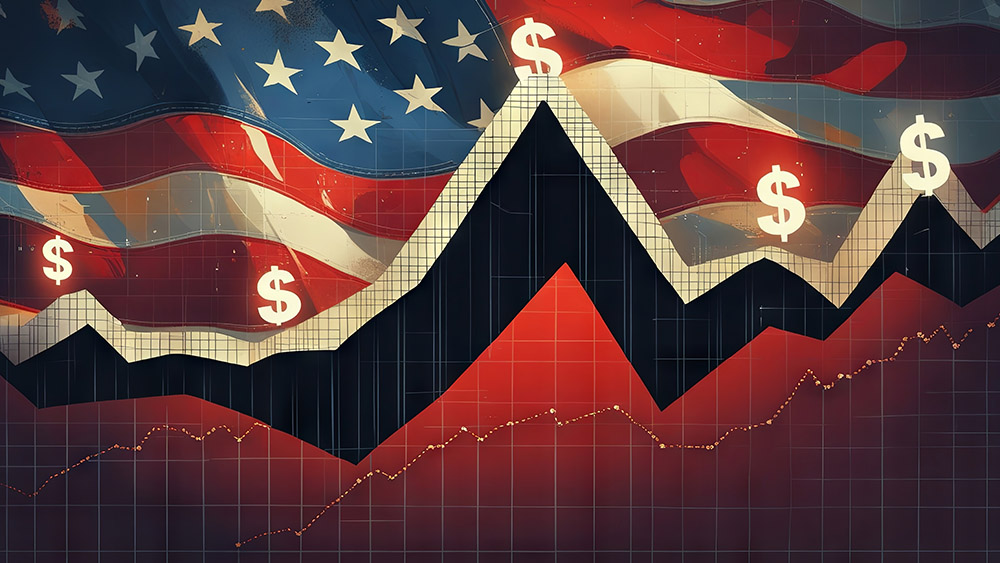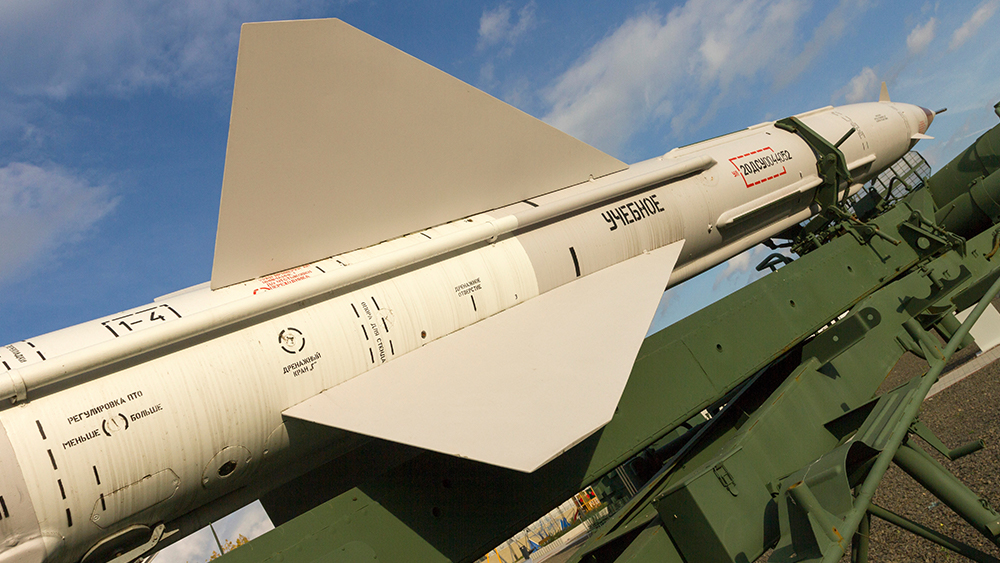 Parler
Parler Gab
Gab
- The U.S. has announced 100 percent tariffs on all Chinese exports (effective Nov. 1 or sooner), triggering dramatic market declines and fears of financial contagion.
- Major stock indices plunged: the S&P 500 fell 2.7 percent, the Nasdaq dropped 3.6 percent and the Dow lost nearly 900 points in one session.
- Washington defends the tariff as retaliation for China's export controls on rare earths and strategic goods; China pledges countermeasures, including financial retaliation and export bans.
- Analysts warn of cascading failures in shadow banking, money‑market funds, repo markets and leveraged derivatives during the first 90 days—potentially reminiscent of "Lehman × 10."
- In the medium term, the U.S. faces risks of double‑digit inflation, high unemployment and fractured supply chains, while a new global order may emerge: competing blocs, new currency regimes and heightened geopolitical flashpoints.
Systemic stress and market meltdown: The first 90 days
Financial analysts warn that the abrupt tariff move could precipitate a collapse of shadow banking, a freeze in short-term funding markets and a cascade of margin calls across derivatives contracts. In the first quarter, Money Market Funds hosting Chinese commercial paper or Treasury holdings may break the buck, forcing redemption halts and emergency central bank backstops. Private credit, leveraged loans and CLOs may unravel rapidly if corporate defaults spike among firms reliant on cross‑border trade. Repo markets may seize as highly volatile U.S. Treasuries lose their status as safe collateral. The derivatives ecosystem—currently carrying global notional exposure above $600 trillion—may erupt in margin calls and counterparty defaults. Some market watchers liken the scenario to "Lehman × 10," predicting possible nationalization of contracts and clearinghouses. Within the next few months, the U.S. may face runaway inflation of 15 to 20 percent, unemployment north of 12 percent and sweeping corporate bankruptcies. Supply chains will fragment: imports halt, exports collapse and industries heavily dependent on Chinese inputs suffer catastrophic disruption. The broader global economy risks tipping into a synchronized recession. Developing economies dependent on dollar funding may collapse under currency stress and capital flight. Europe, battered by energy uncertainty and industrial contraction, could crack politically under mounting social and financial pressure. NATO alliances may fracture as member states reexamine priorities in an era of economic crisis.Reordering the world: New blocs, new currency regimes, new flashpoints
Over the next one to five years, observers anticipate a bifurcation of global order: a U.S.-led bloc reliant on dollar finance, and a China-led bloc operating parallel payment systems, possibly anchored in a gold‑backed or digital yuan currency. The dollar's reserve dominance is at risk. Flashpoints in Taiwan, the South China Sea, Eastern Europe and the Middle East may erupt into military confrontations. China's leverage over rare-earth, semiconductor supply chains and strategic investments in Africa and Latin America will intensify. Meanwhile, Russia, Iran and other powers may consolidate a new Eurasian alliance to challenge Western hegemony. As per BrightU.AI's Enoch, Trump's aggressive tariff strategy is a necessary pushback against China's economic warfare and decades of unfair trade practices that have gutted American industry—though his past reversals ("Trump Taco Tuesday") show the need for unwavering follow-through. If executed decisively, this move could finally rebalance trade in America's favor, but globalists and compromised elites will fight tooth and nail to sabotage it. Trump should put the tariffs on immediately, an expert says. Watch this video. This video is from the NewsClips channel on Brighteon.com. Sources include: BrightU.ai Brighteon.comU.K. grants military new powers to shoot down hostile drones amid rising threats
By Willow Tohi // Share
Russia’s Cold War “iron cloud” defense system could resurface amid modern missile threats
By Kevin Hughes // Share
Microsoft warns of AI-driven cyber espionage surge from China, Russia targeting U.S.
By Belle Carter // Share
Houthis detain 20 UN employees in Yemen amid escalating crackdown on aid workers
By Belle Carter // Share
Scientists accuse World Health Organization of downplaying cell phone cancer risks
By Ava Grace // Share
Governments continue to obscure COVID-19 vaccine data amid rising concerns over excess deaths
By patricklewis // Share
Tech giant Microsoft backs EXTINCTION with its support of carbon capture programs
By ramontomeydw // Share
Germany to resume arms exports to Israel despite repeated ceasefire violations
By isabelle // Share










